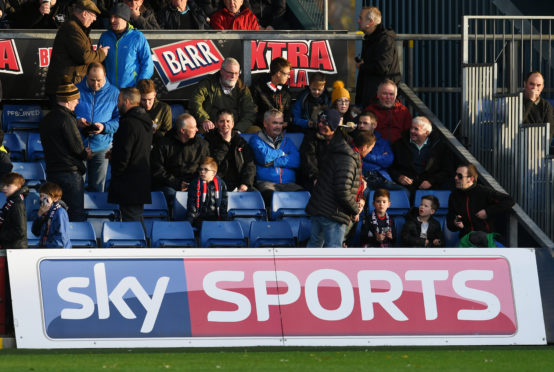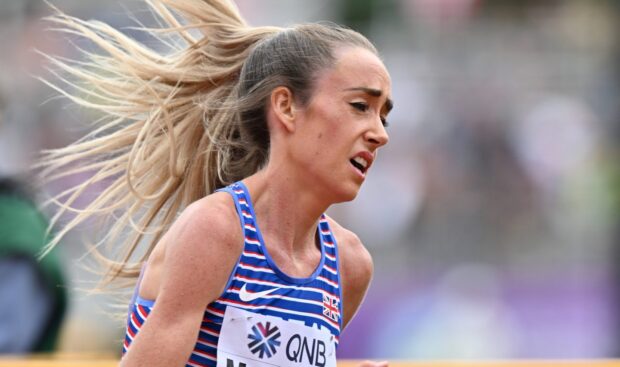Scottish football has a once in a lifetime opportunity to radically change for a better future for all clubs.
In this football-free period the game should seize the day and scrap live TV deals, move to summer football, bigger leagues, regional football at lower level, and start living within its means.
For many it might mean part-time football but frankly as we’re about to discover, too many have been living outside their comfort zone for too long, paying wages they can’t afford, and risking the house on the generosity of broadcast moguls.
Television is now the dominant force in our game, allowing schedulers to decide when games are played, taking no account of travelling or home fans.
It has created a generation of armchair supporters who, although they pay their money, have no stake in the game as a community endeavour.
Some see broadcast money as the icing on the cake, but it’s not. It has become the equivalent of too much sugar in football’s diet, and it’s rotting the very teeth of the game with its addictive qualities.
It’s time to wean our football off what is killing it slowly but surely.
It’s time to inform Sky, who have exclusive rights to our game for the next few years, that we prefer not to go ahead with this new deal if legally possible, and if we cannot, then make a commitment that this is the final death knell for live TV football in Scotland, and plan for a life without it.
Even if it didn’t put one extra fan on the gates, it would prove that those who are the very lifeblood of the game, the supporters, come first.
TV money by its very nature is uncertain – broadcasters have no loyalty to teams, only to their schedules, and what they are offering today, they can withdraw in future years.
The game has become addicted to a source of revenue which looks increasingly fickle, and perhaps even unsustainable in this changed environment.
Last time round it was BT who were the providers, this time round, Sky have flashed a few extra pounds and football fluttered its eyelids and skipped on to the dance floor.
What happens next time if the broadcasters tire of the dance though?
The chance to shape its own future with bigger leagues and a proper pyramid system, with clubs living and breathing as part of their communities, must be grasped.
Our game has been built on shaky foundations, too reliant on television income, which could collapse at any time.
It is far better for clubs to stand on their own two feet without the whimsical wishes of TV companies, who’d be off in a flash if something cheaper could fill their screens.
Plans years ago for the game to broadcast our football on its own channel were sadly missed, and anyhow, technology already exists at clubs to stream their own games for supporters who cannot attend their matches.
A survival battle looms for some Scottish football clubs. It’s time to ensure that our game lives and breathes with clean fresh air, and without live television.





